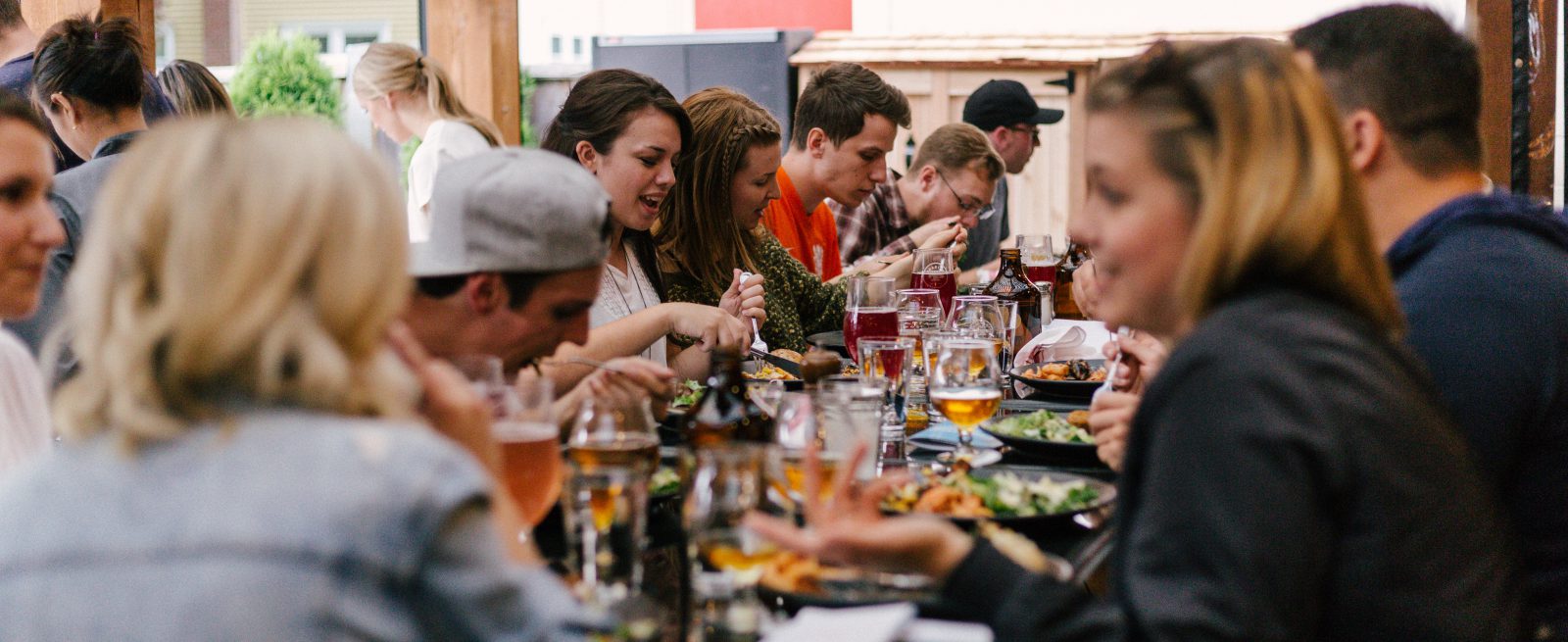How Fast Casual Restaurants Can Transform the Guest Experience (in 20 Minutes)
3 Min Read By Robert Whitehead
Restaurants face stiff competition and tough choices. They need to increase table turnover during peak periods, not only to boost profit margins, but to streamline the dining experience to accommodate increasingly time-strapped customers.
Technology such as table-top menus and other tools can certainly make dining more efficient. The trouble is, too much automation risks devaluing the human interaction that makes eating out enjoyable. Fast casual restaurants that stake their brand identity on images of happy diners chatting with cheerful waitstaff, that risk can’t be taken lightly.
There’s a middle ground. Today’s technology offers the ability to digitize the transactional components of the dining experience; specifically, the placing of orders at the front end of the meal, and the paying of orders at the back end.
Faster Sit-Down Meals
In route to a restaurant, for example, diners can use their mobile devices to place orders for drinks, appetizers and/or their entire meals. Once seated, those orders are being prepared or have already been completed. This eliminates the wait for a server to appear with menus. While dining, guests can update their order with a side of fries or dessert, or add items to accommodate new arrivals. And, once they’re done eating, guests can use their phones to pay the tab, so they don’t have to flag down a server for the check, or wait for the receipt.

In other words, the entire order can be made by the guest before arriving at the restaurant. At the restaurant, the order can be updated directly by the guest, and/or by the server taking the order from the guest.
By eliminating or streamlining these transactional steps, diners can save 15 to 20 minutes on a typical meal. This can make the idea of going out to lunch with colleagues on a Tuesday significantly more realistic. And it can mean a significant boost to a restaurant’s bottom line.
Integration with Back Office Data
The capabilities of today’s cloud-based platforms and mobile applications go beyond traditional Point of Sale (POS) systems and order-ahead apps. These technologies are limited by the fact that they operate as discrete silos of functionality that require extensive, specialized programming to link with other applications and databases.
Today’s tools, in addition to streamlining ordering and payment, enable the real-time integration of POS data with back office systems. Specifically, the transactions a diner executes on his or her mobile device are not only recorded on a waitperson’s tablet, they are also instantly linked to data on the customer’s loyalty programs, preferences and buying habits.
This creates a potential scenario where a waiter taking an order from a family of five can receive table-side alerts to offer specific appetizers, entrees or drinks tailored to the customer profile. As a result, the longstanding objective of efficiently delivering a unique and personalized experience becomes increasingly feasible.
Better Analytics
The integration of POS and back office data in real time also improves data collection, scenario modelling and predictive analytics. This helps restaurants assess the effectiveness of marketing campaigns and promotions, as well as gain increasingly valuable insight into variables and causalities around supply and demand. So, for example, the manager of a sports bar can potentially slice and dice her restaurant’s performance on Sunday afternoons during football seasons from a variety of perspectives. What role does weather play? What about the teams involved? What menu items should we feature during the playoffs?
The supply/demand analysis can also extend to improve inventory management. With greater visibility into what drives business on a given day or week, restaurants can more accurately estimate the optimal volume of perishable supplies to order.
Restaurants today can leverage technology to satisfy customers, improve profitability and compete more effectively in an increasingly demanding environment. By streamlining transactions without sacrificing human interaction, digital tools can make the dining experience enjoyable and efficient for customers. Specifically, by measurably reducing the time a mid-week, sit-down meal requires, digitization can make eating out more viable, particularly for fast casual restaurants. And by integrating data across the dining value chain, technology can enhance restaurants’ ability to manage operations and supplies and boost profit margins.


